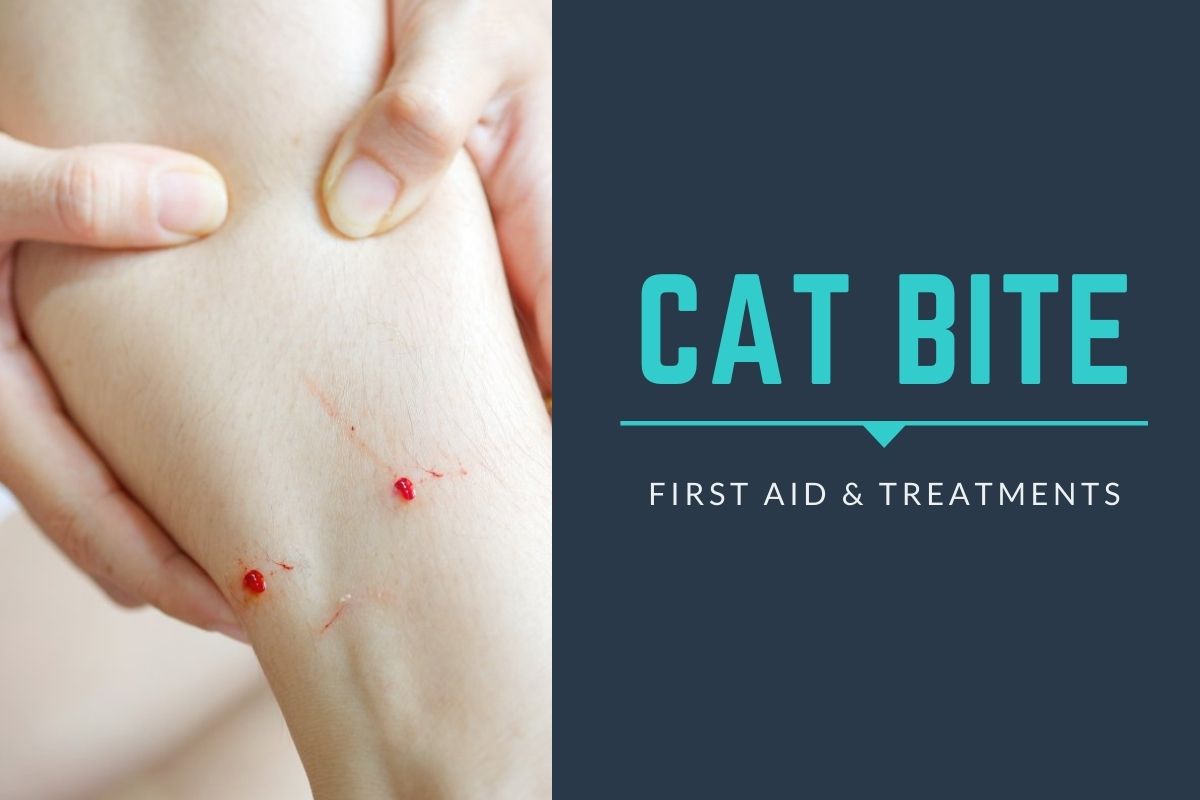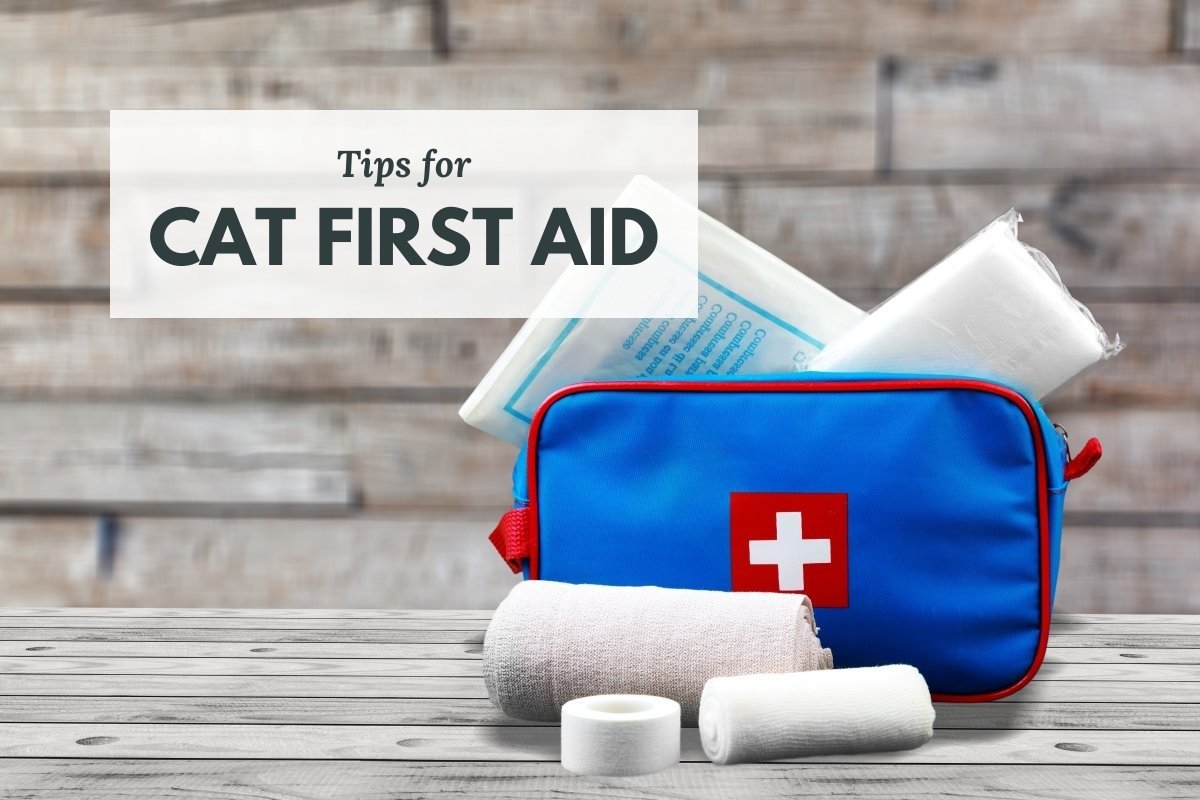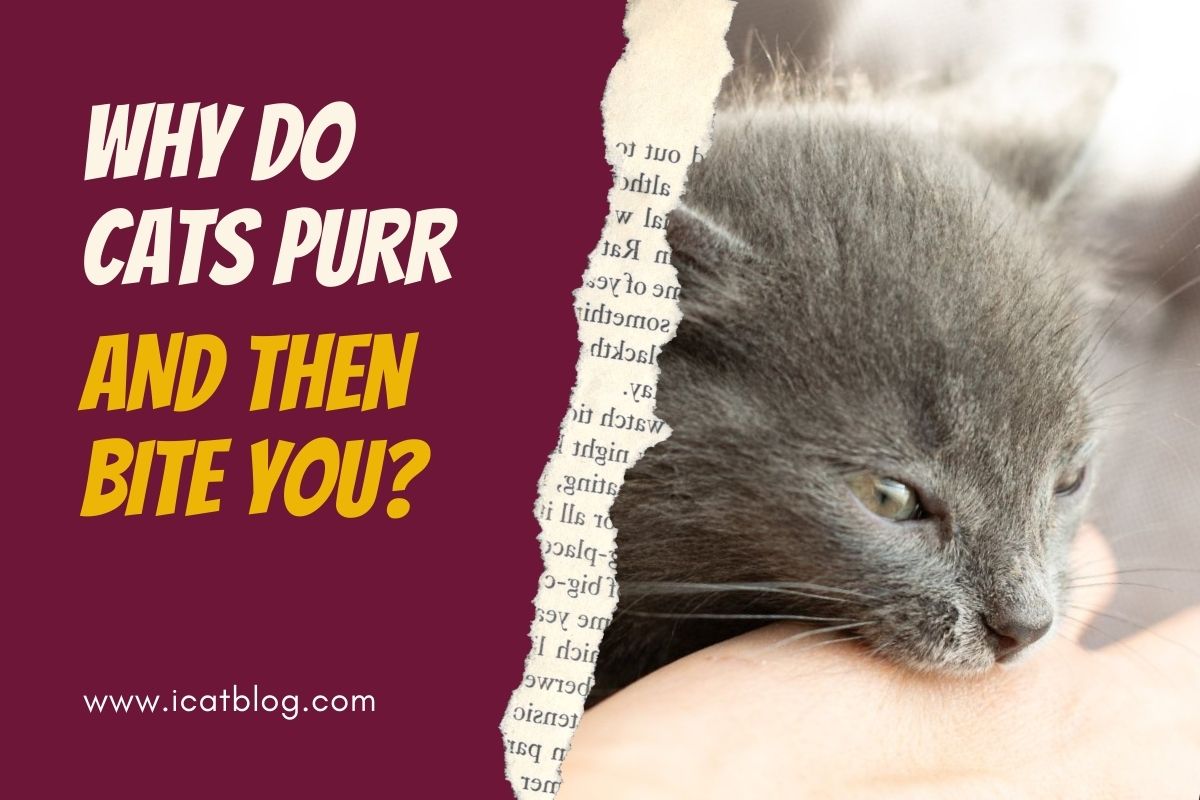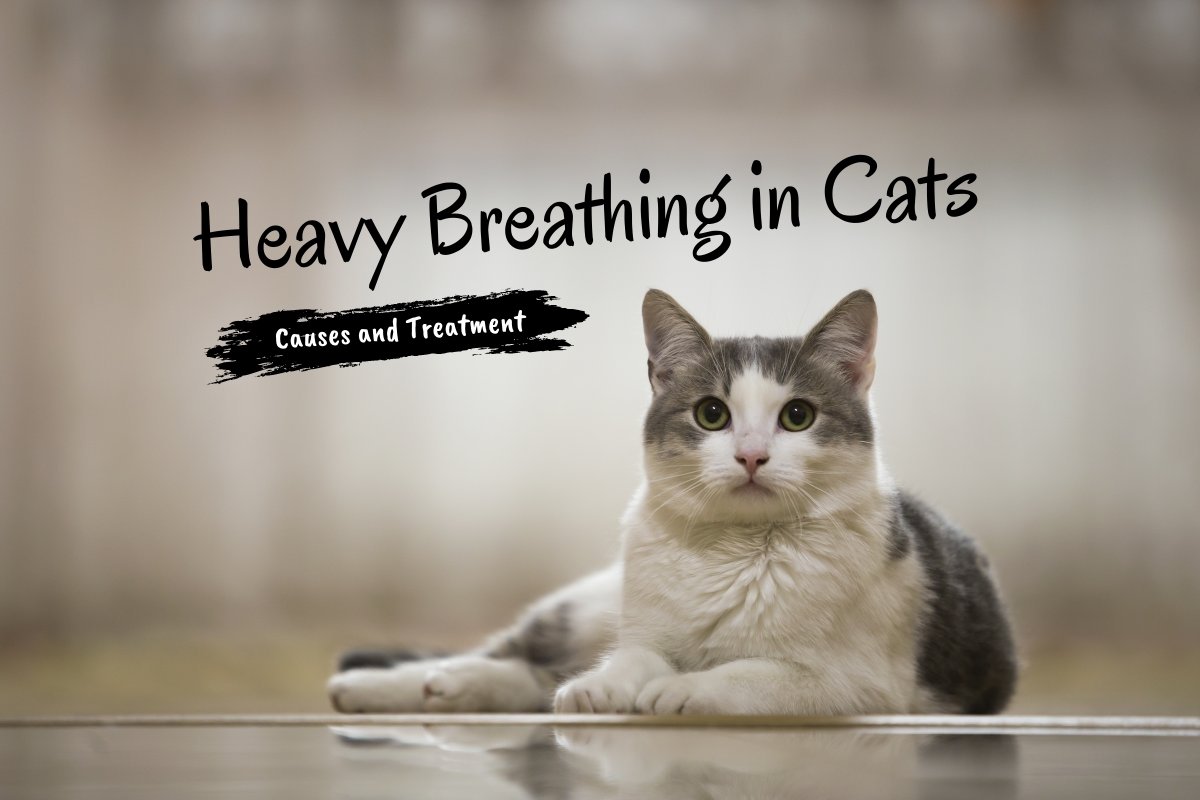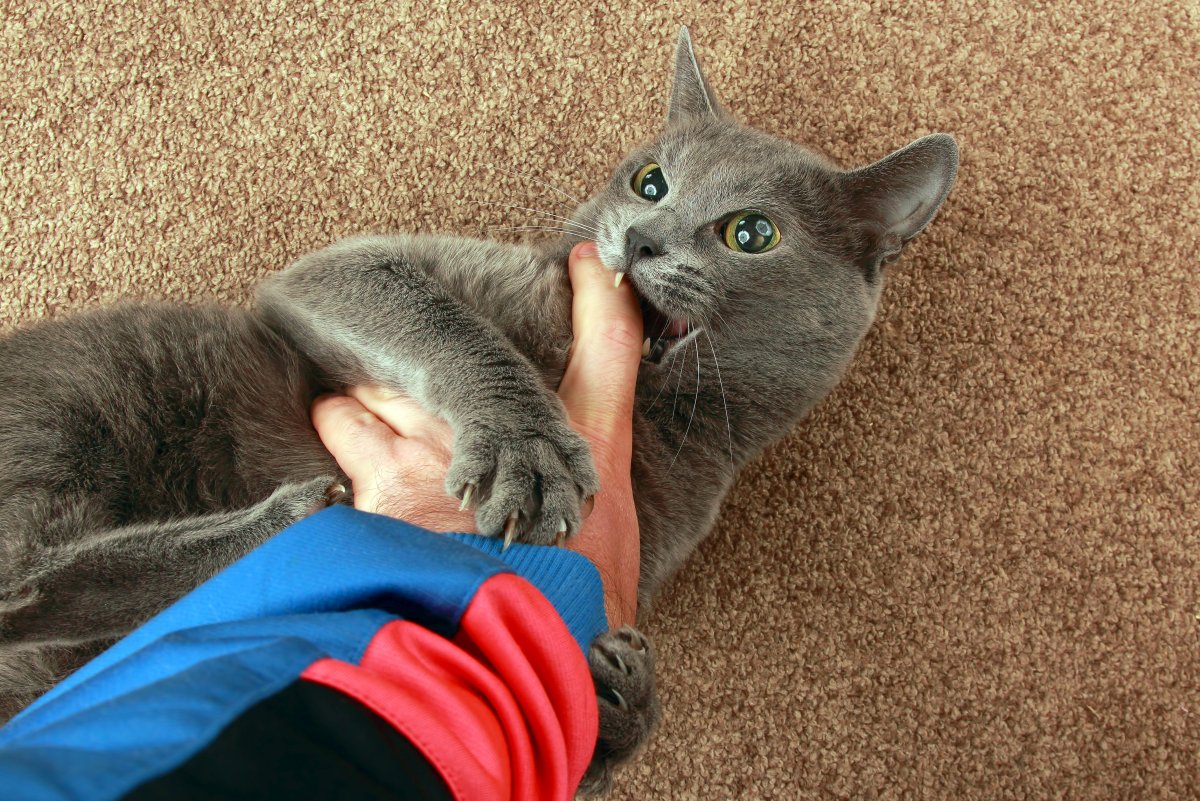Cats are the most loving pet animal amongst pet lovers. Their fluffy body and cuddly nature can melt anyone’s heart. But surprisingly, these feline animals also cause common injuries with their sharp and pointy teeth. Cats are more likely to bite children because young kids can unintentionally grasp their soft skin, leading the cats to attack back with their sharp claws and teeth.
Cat bites can cause deep puncture wounds in human skin that are hard to clean. Their bite carries many bacteria and other organisms that go deeper into the skin’s tissues. So, if you have a cat, do remember that several types of bacteria live inside her mouth that can cause infection if she bites!
Cats belong to wild nature, so anything can happen at any time! It is, therefore, crucial to ensure the safety of everyone from cat bites. Don’t be confused about the aid and treatment for cat biting, and keep reading!
This article has got you covered with detailed information about cat bites, first aid, treatment tips, and when to seek medical attention. But first, let’s look at what diseases are carried by cats!
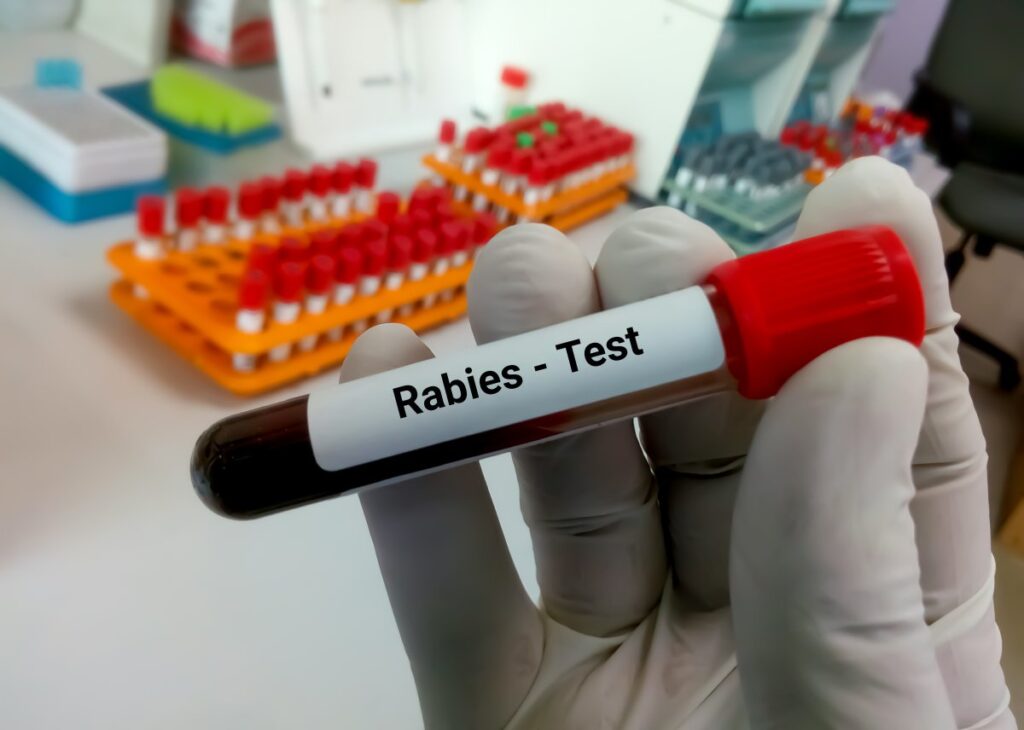
Diseases That Cats Can Carry
There are tons of bacteria flourishing inside the mouth of cats. Cats have sharp and pointy teeth; their teeth can quickly seal over the skin and trap bacteria from their mouth to under your skin.
Once bacteria are injected, they can easily make their way to your warm and darker skin layers. Skin infections like cellulitis can occur quickly after a cat’s bite.
Following are some infectious diseases that can happen after a cat bite.
● Pasteurella Multocida
Pasteurella multocida is a type of bacteria found in cats’ mouths. A bite or scratch of cats often causes this infection.
A research study has shown that Pasteurella is a common infection caused by both cat and dog bites. People with a weak immune system have a high risk of developing a severe infection from this bacteria.
● Cat Scratch Disease
Cat Scratch Disease (CSD) is also called cat scratch fever. Bartonella henselae bacteria cause this infection. This bacterial infection can be carried by the bite, scratch, and licking of cats.
Hunting cats, stray cats, young kitties, and flea-infested cats are at high risk of bringing the infection. Do remember that CSD is more prone in young children. According to Poison Control National Center, cat scratch fever is not a serious problem. However, people with compromised immune systems are at high risk of getting serious infections.
● Rabies
Cats can also carry rabies, like other mammals. The virus can be fatal if left untreated, but it is scarce.
According to the Center for Disease Control and Prevention, in the United States, only 1 to 3 cases are reported of rabies. Many domesticated cats are vaccinated against rabies, and if rabies vaccinated cat bites you, you are unlikely to contract the virus. But if your cat is not vaccinated and has bitten you, take her bite seriously because rabies symptoms can typically lead to fatal.
If you show any symptoms of rabies, then start the treatment, and take the rabies vaccination as soon as possible. If a stray cat has bitten you, it is necessary to capture the cat to be observed. But don’t try to capture the cat yourself; instead, call the animal control office.
● Tetanus
Tetanus is caused by the bacteria Clostridium tetani. It is a severe infection; therefore, if you haven’t gotten yourself vaccinated for five years, it is recommended to get the tetanus booster if a cat bites you.
What to do if a Cat Bites You?
You can treat a cat bite with basic first aid skills. But before that, you need to take precautions against a sick or frightened cat.
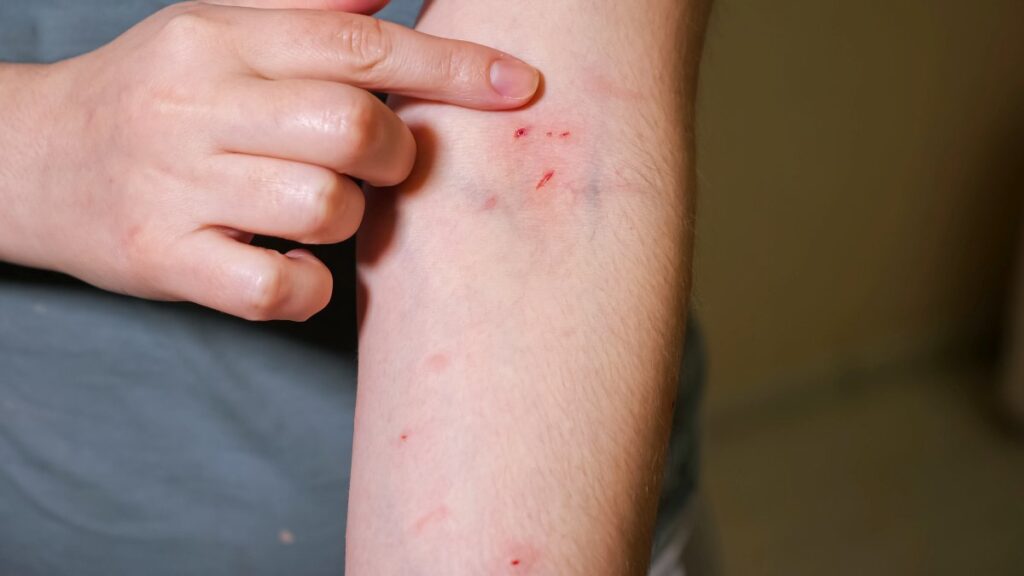
Follow the below steps if you ever face a cat bite incident:
- First of all, separate the cat from the injured person. Pet owners can do this easily because they can safely handle their pets.
- Take standard precautions to protect yourself if you are treating an injured person. Wash your hands and wear protective gloves, especially if you’re treating the bleeding area of an injured person.
- Place a clean cloth and apply direct pressure over the wound until the bleeding stops. If the blood is coming from the arm or leg, elevate the limb above the heart level.
- If a cloth piece is wet with blood, don’t remove it; instead, place another clean cloth on the top.
- Apply a pressure dressing if you can’t maintain the direct pressure for a certain period.
- Once the bleeding stops, clean the affected area with soap and warm water.
- Apply the antibacterial ointment to the wound, then cover it with a clean, dry dressing.
Cat Bite Treatment
Your doctor will wash the wound thoroughly with water. After that, they will apply the antibiotic treatment. Your doctor will also determine the bacteria type causing the infection. The doctor may recommend an X-ray to diagnose any joint or bone injury to examine the fragments of the cat’s teeth that may have broken while biting.
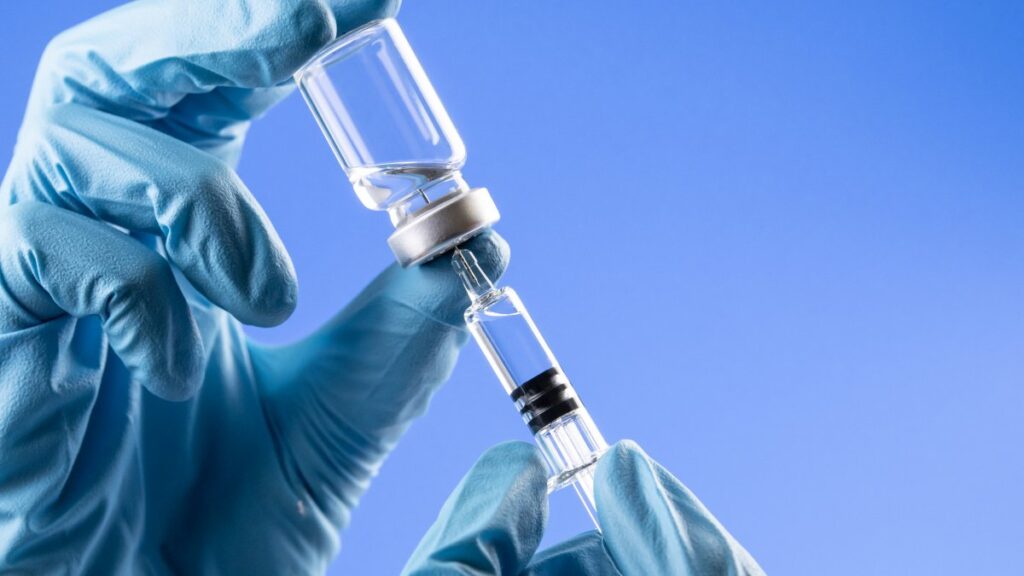
● Antibiotics for Cat Bites
Some infections can be treated with oral medication, but doctors prescribe antibiotics to fight off the infection in some cases.
● Stitches or Surgery
Your doctor will discuss the stitches or surgery if your wound needs to heal properly.
● Tetanus Booster
Your doctor will recommend a tetanus booster if you haven’t received a jab of tetanus vaccination in the last five years.
Wrapping Up
Your fur baby’s single bite can lead you to deal with various infections. Her bite can leave deep wounds in your skin, trapping bacteria inside. Therefore, follow the above aid and treatment immediately.
If you ever come across a cat bite, don’t take the bite infection lightly! Follow your doctor’s prescription and take precautions yourself to avoid this incident in the future!

